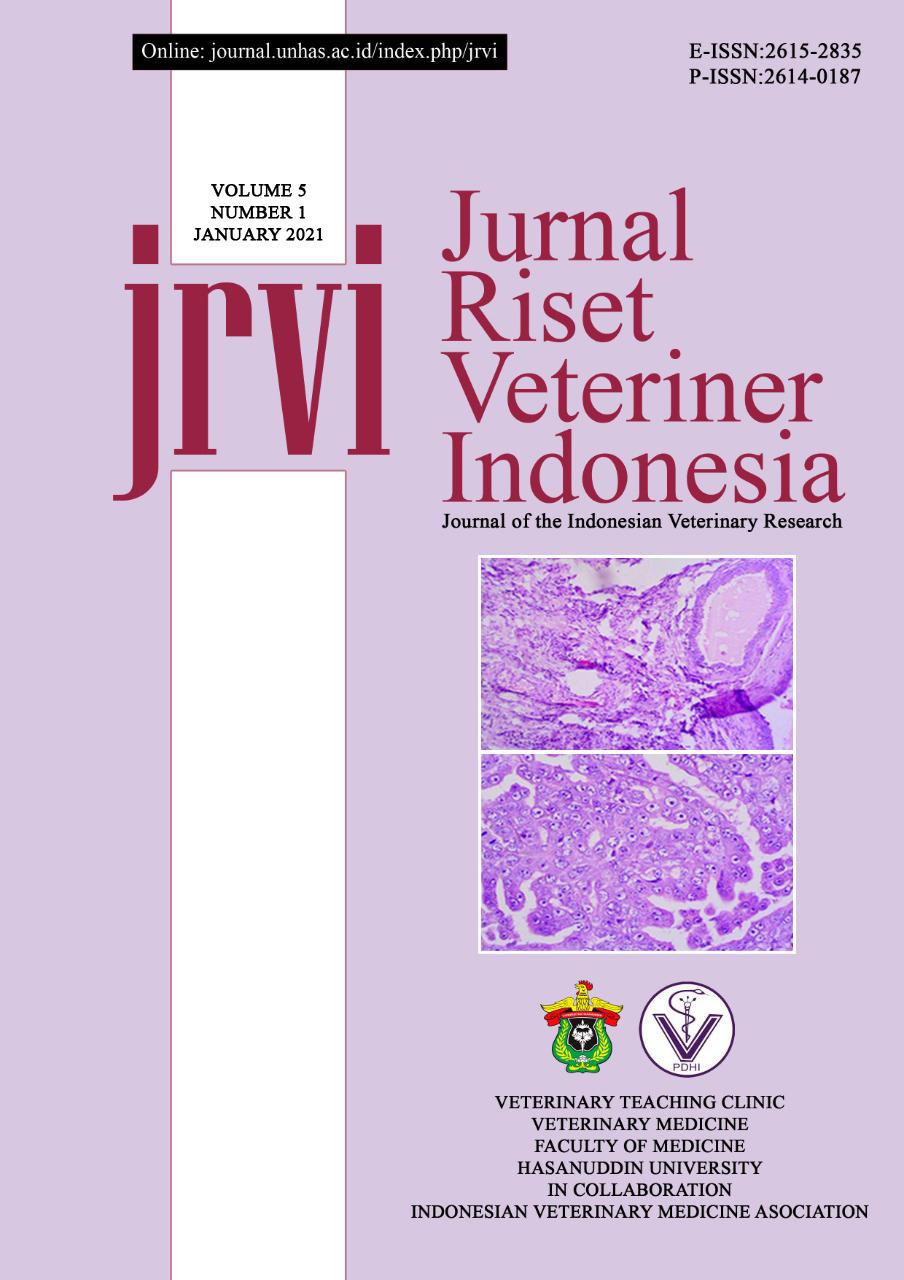Abstract
Neutrophils are one of the most abundant cells of the immune system and are very active during the wound healing process. This study aimed to determine the description and comparison of neutrophil cells after treated sugar and honey in the incision wounds of domestic cats (F. domestica). 15 samples were used with treatment for 14 days and the preparations were given topically. The treatment group consisted of 5 groups, namely Negative control group (NCG) with normal wound healing (without treatment), Positive control group (PCG) given Bioplacenton ointment, treatment group 1 (TG1) used sugar, treatment group 2 (TG2) used honey, Group Treatment 3 (TG3) used combination of sugar and honey. Skin samples were taken on the 4th, 9th, and 14th day of each group to make histopathology preparations and observation under a microscope by assessing the number of neutrophil cells with an indicator score of 0 - 5. Treatment Group 1 (TG1 ) used sugar shown the best decrease in the number of neutrophil cells with the development of the same healing process like as Treatment Group 3 (TG3) used a combination of sugar and honey, while Treatment Group 2 (TG2) used honey shown also a decrease in the number of neutrophil cells. The three treatment groups showed a better healing process than Negative control group (NCG) without treatment and showed almost equivalent results to the Positive control Group (PCG) used Bioplacenton ointment.
Keyword: Histopathology, honey, neutrophil, sugar

This work is licensed under a Creative Commons Attribution-NonCommercial 4.0 International License.

